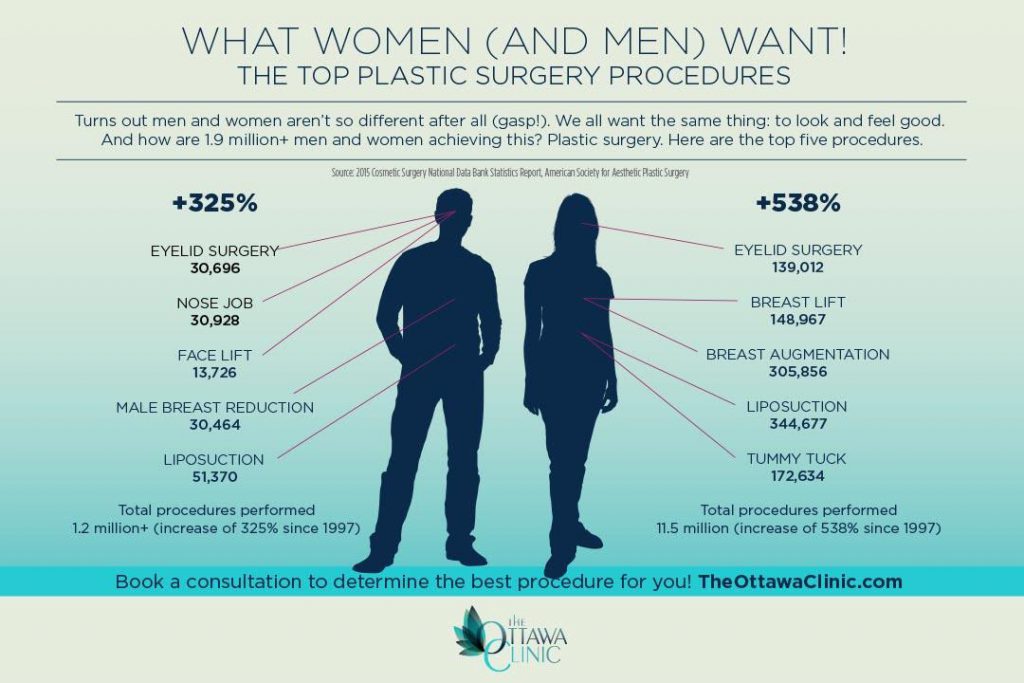Hormone Acne - What is Hormone Acne?
Hormonal acne is defined by blocked pores and oily skin that usually appears on the chin and jawline. It takes place when hormone modifications set off inflammation and microbial overgrowth within hair follicles.
Outbreaks might look like whiteheads, blackheads, papules or pustules and cysts or blemishes in extra severe cases. It is extra common in teens going through adolescence yet can influence grownups of any kind of age.
What Creates Hormonal Acne?
While acne can be caused by a variety of factors, including using hair and skin care products that aren't oil-free or made with ingredients that could clog pores, genetic predisposition, diet,2 and stress, the root cause is fluctuating hormones. Hormonal acne occurs when the body experiences hormone changes and fluctuations that lead to an overflow of sebum, which creates swelling, raised development of germs and modifications in skin cell task.
Hormonal acne is typically discovered on the reduced jawline, cheeks and neck however can appear anywhere on the body. It is defined by blemishes that are cystic, uncomfortable and full of pus or other material. It is also more likely to take place in females than guys, particularly during adolescence, the menstrual cycle, pregnancy or menopause.
Age
While several children experience acne eventually during puberty, it can continue to plague grownups well right into their adult years. Referred to as hormonal acne, this form of outbreak is linked to changes in hormones and is generally most common in women.
Hormone acne takes place when oil glands create excessive sebum, which clogs pores and traps dead skin cells. This brings about the development of acnes, such as whiteheads, blackheads and papules, pustules, cysts or nodules, deep under the surface.
This sort of acne typically triggers pain, soreness and swelling. It may also be intermittent and show up around the exact same time each month, such as right before your duration begins. This is since degrees of women hormones like progesterone and oestrogen change with each menstrual cycle.
Menstruation
Hormone acne usually appears in the reduced part of your face, along the jawline and cheeks, as whiteheads, blackheads or inflammatory pimples (acnes and cysts). It's more than likely read more to appear around the time when your menstruation modifications.
Especially around ovulation, when estrogen and progesterone degrees get on the increase, hormone variations can trigger breakouts. Yet it's likewise possible to obtain acne at any type of point throughout your 28-day menstruation.
If you discover that your hormonal acne flare right before your period, attempt discovering when specifically this occurs and see if it relates to the stages of your 28-day menstruation. This will aid you identify the root causes of your skin problems. For instance, you might wish to work on stabilizing your blood glucose and cutting out high-sugar foods, or take into consideration a prescription medicine like spironolactone that can regulate your hormonal agents.
Pregnancy
Expanding an infant is a time of dramatic hormone changes. For several ladies, this consists of a flare-up of hormone acne. This type of outbreak generally starts in the very first trimester, around week 6. It's triggered by hormonal agent surges that stimulate sweat glands to make more oil, which can obstruct pores and trigger more germs to build up.
Outbreaks may additionally occur as a result of pre-existing problems like polycystic ovary syndrome, which can additionally be a problem while pregnant and menopause. Also, some sorts of birth control pills (such as Ortho Tri-Cyclen and YAZ) can cause hormonal acne in some females.
Fortunately, the majority of acne treatments are "no-go" for expectant women (consisting of popular acne-fighting active ingredients such as isotretinoin and spironolactone). But if you can not avoid those bothersome bumps, your doctor may suggest oral erythromycin or cephalexin, which are risk-free during pregnancy.
Menopause
As ladies come close to menopause, the estrogen levels that triggered their hormonal agent acne to flare up throughout puberty start to maintain and reduce. At the same time, nonetheless, a spike in androgens (also referred to as male hormonal agents) occurs due to the fact that these hormones can't be exchanged estrogen as effectively as previously.
The unwanted of androgens can set off oil manufacturing by the sebaceous glands, which blocks pores. When the clogged up pores become irritated and aggravated, a pimple types.
Hormone acne is typically seen on the face, especially around the chin and jawline, yet it can occur on the neck, back, shoulders, or breast. This sort of acne tends to flare up in an intermittent pattern, comparable to the menstrual cycle. Anxiety, which raises cortisol and throws hormones out of equilibrium, additionally contributes to the breakouts.

Comments on “Long Term Solutions For Hormonal Acne”